Outdoor Additions: Planning for Chickens & Bees
Since we moved onto acreage a few years ago, I’ve been itching to try my hand at some more complex gardening and outdoor projects. Now that the house itself is complete and almost fully designed, it’s time to move our focus outside!
One of the first things on our list is setting up a space to add some chickens and bees. As far as farm animals go, these are on the lower-maintenance end of the spectrum (I hope!). By adding both around the same time, we’re also helping create a sustainable environment where they can thrive together and improve the ecosystem around our property.
As you might have heard recently, honeybees are absolutely critical to agricultural production. Dwindling bee populations, especially how this could affect our future food supply, concern lots of beekeepers and farmers. Anything we can do to help this cause is a step in the right direction!
Chickens are wonderful additions to a garden environment for several reasons. Not only will a well-managed flock produce delicious eggs, but they’ll work naturally to control the pest population and help out with composting too! Letting them forage near the beehives is also a perfect way to help prevent beetles, ants, or other insects from harming your bee colonies.
Here’s some of the inspiration I’ve found for the type of environment we want to create!
A Chicken Oasis
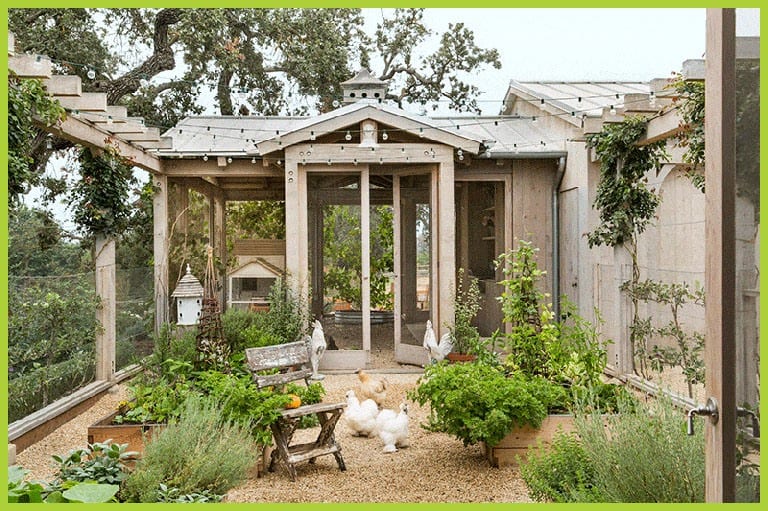
Image credit: Brooke Gianetti
I love the idea of integrating chickens into a garden. Ideally, they’d be able to sleep in an enclosure at night (to protect them from varmints) and then roam around the garden and/or beehives in the daytime.
This coop is actually fully built out inside the enclosed area for the flock’s safety. However, it still allows the chickens varying degrees of freedom with decent space to roam no matter where they choose. The way this design works to integrate the animals with the home’s interior space is really inspirational to me!
Brooke and Steve Giannetti of Patina Farm in Ojai, California designed this wonderful chicken coop and garden area. I adore that gravel inside their henhouse! It’s small and clean-looking in a space where there’s always going to be some natural mess going on.
I think a standing-seam metal roof like this would really complement a farm-style aesthetic. A Tuscan vibe in the garden would look nice with the stucco on our home’s exterior. This space has such a wonderful flow from the garden into the henhouse, and it’s architecturally beautiful to boot!
The trellises on each side are meaningful additions here. It’s obvious that this was extremely well laid out during the architectural planning process. Considered spaces like this are really attractive to me, because they show how function and beauty can be perfectly integrated.
A Sweet Addition
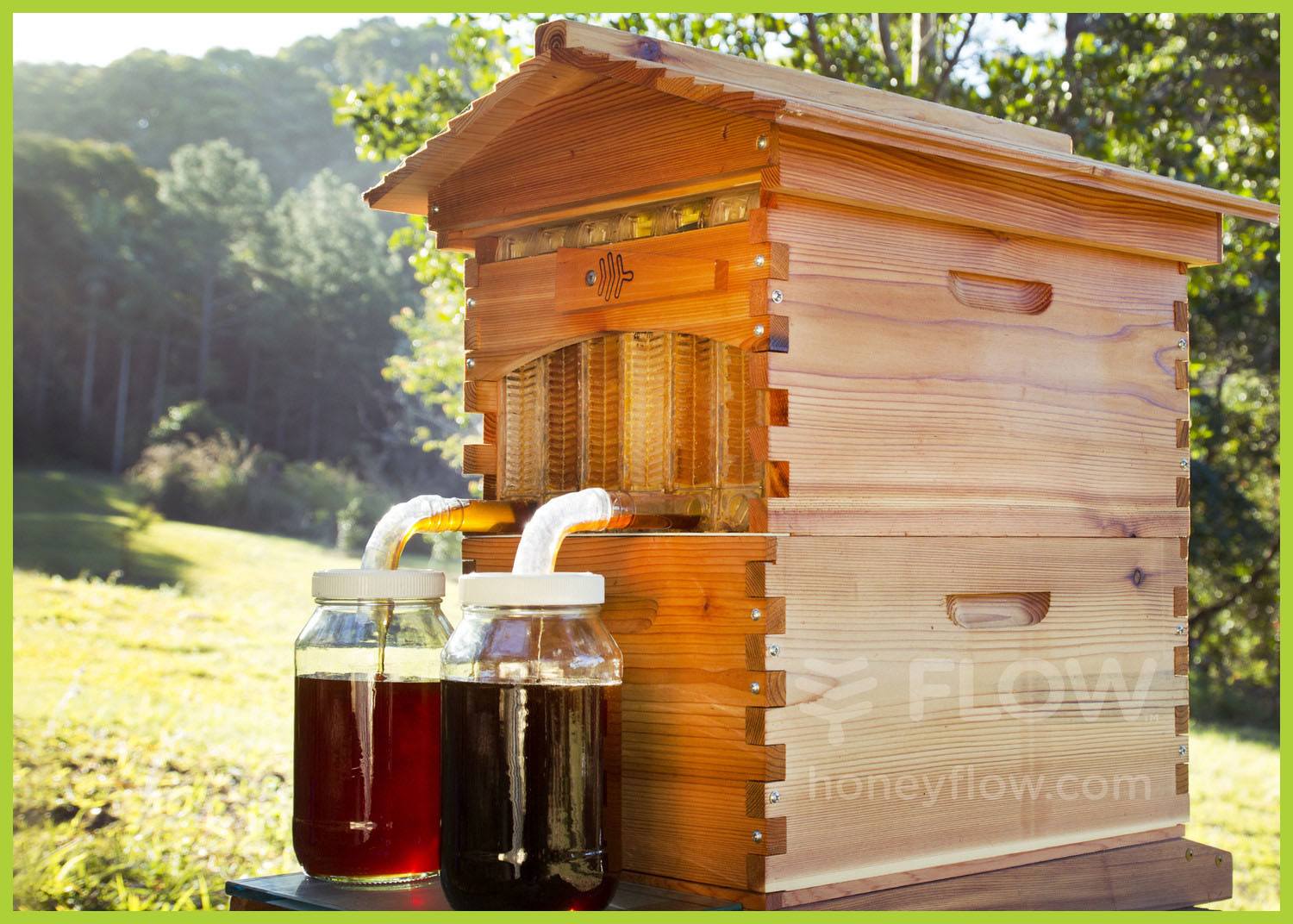
Image credit: HoneyFlow.com
In our first experiment with honeybees, we’ll be installing a FlowHive for ease of use. Our bees will come from Buckin’ Bee Honey here in Santa Fe, and I’ll be grateful for Steve’s expertise as we get our hive set up! Eventually we may expand into more hives and more unique designs. For now, however, I just want to get started by providing a home to a healthy colony.
I’m hoping that by keeping the bees in a nearby enclosed garden area, they’ll be able to help pollinate our plants while the chickens assist with keeping the hives pest-free. Bees generally only fly a few miles to find food. This means they’ll probably make honey out of whatever is growing in our garden – we’ll see how it turns out!
Keeping Hydrated
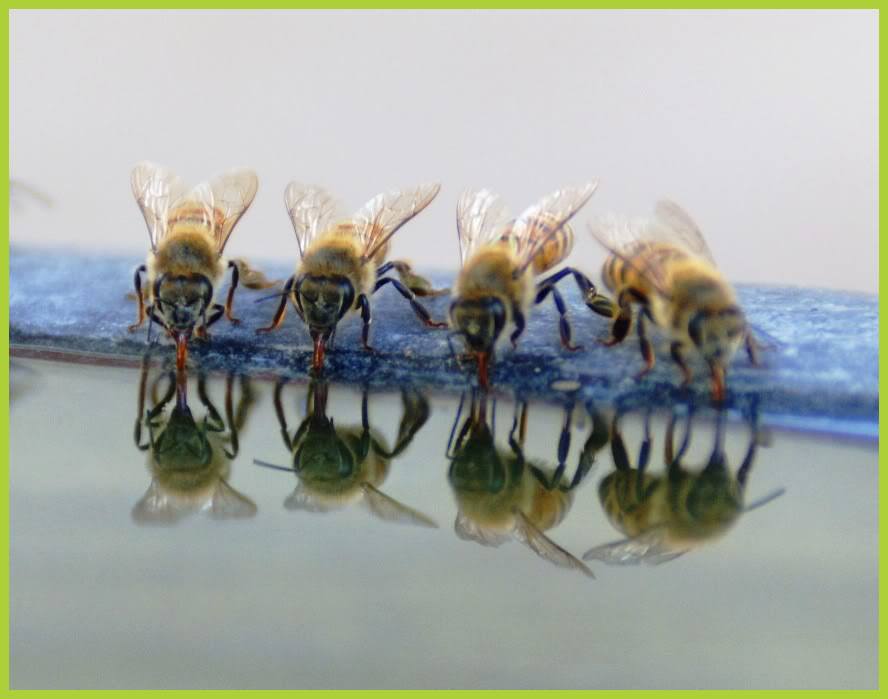
Image credit: Pinterest.com
One of the most important considerations is providing the bees a consistent water supply so they can maintain the hive. Especially in an arid environment like Santa Fe, bees will search out water wherever they can find it. We want to keep them close and give them their own water so they don’t have to bother the chickens or our neighbors!
Setting out small bowls filled with water and pebbles is the best option I’ve seen so far. You can put them out in various locations where other animals won’t likely go, and use sticks and rocks so the bees can land without drowning. If the bees have to find their own water source, they might end up in a large tank or pet’s bowl. Best not to let them get thirsty!
Making bee water bowls is also a perfect DIY for the kids to complete! You can use marbles or decorative stones, and even have the kids maintain them when the water levels get low. Completing simple projects like this is a great way to keep the whole family invested in the health of your hives.
Follow along with us as we get started on this outdoor journey! Hopefully it will inspire you to create some fun additions to your own outdoor space. We’ll also be adding more raised garden beds soon, and I’m excited to share the process with you!
If you want to read more from us, including design tips and inspiration, please
Sign Up for Our Mailing List


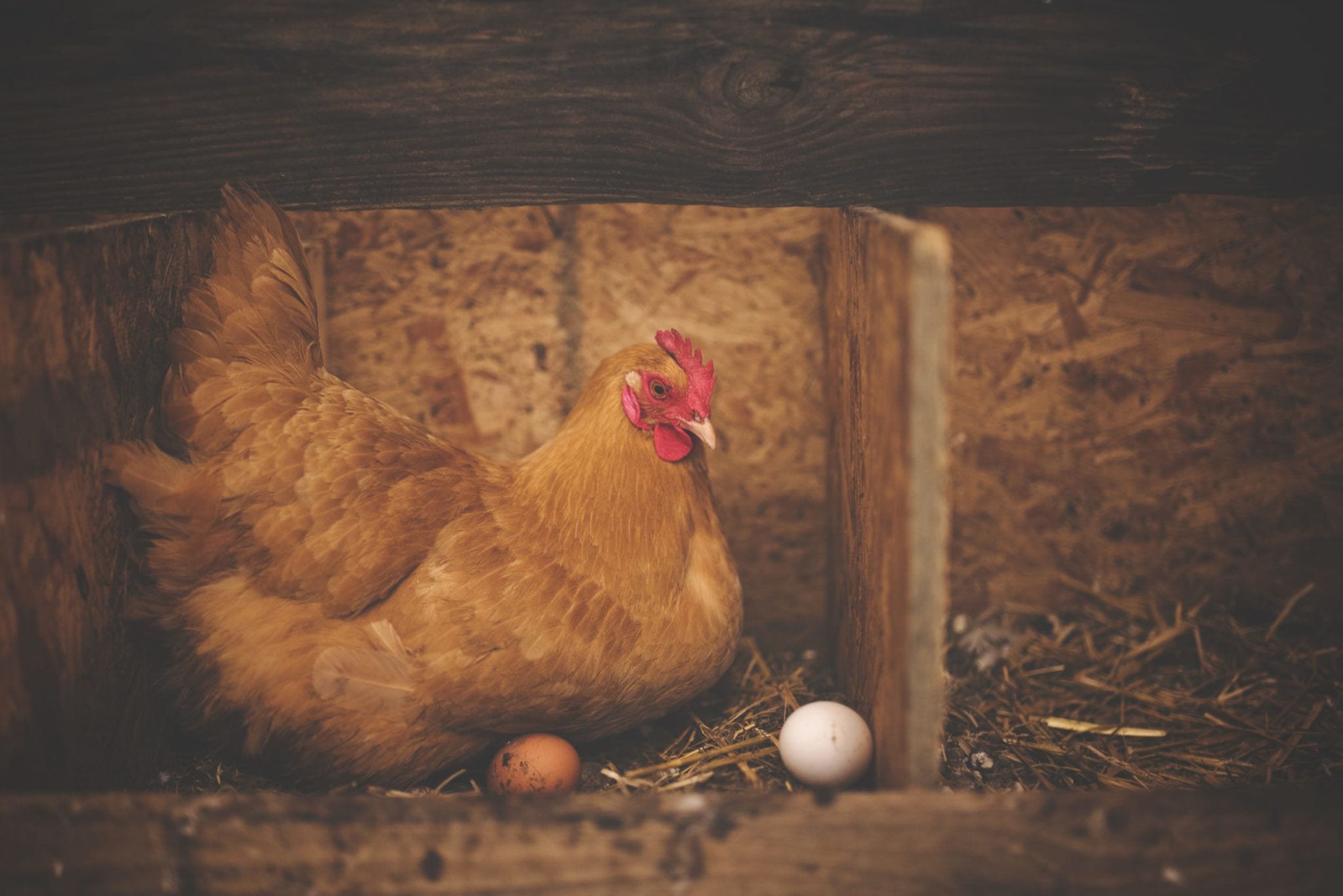
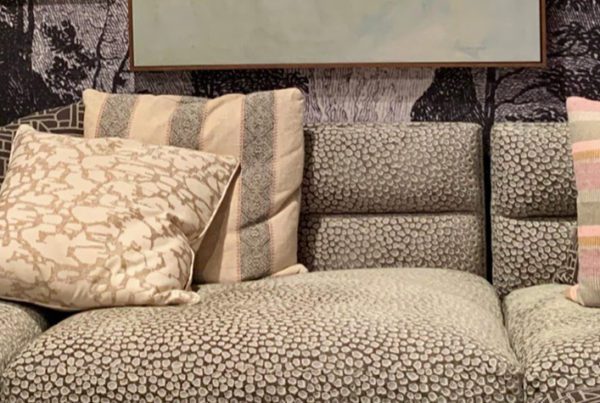
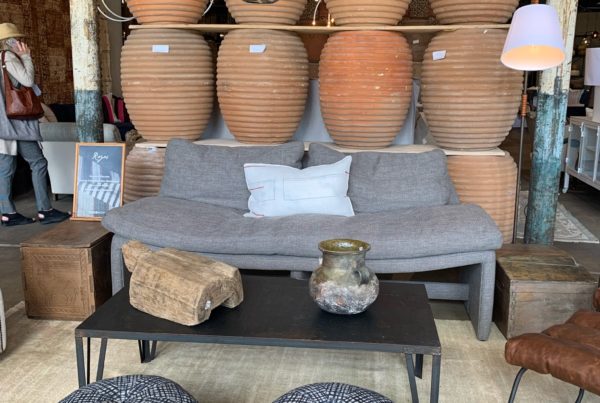
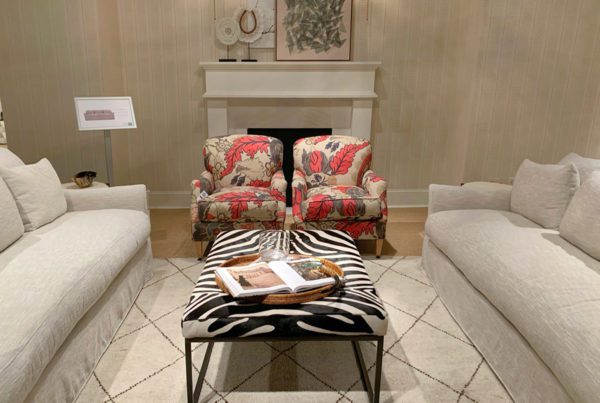
Join the discussion One Comment